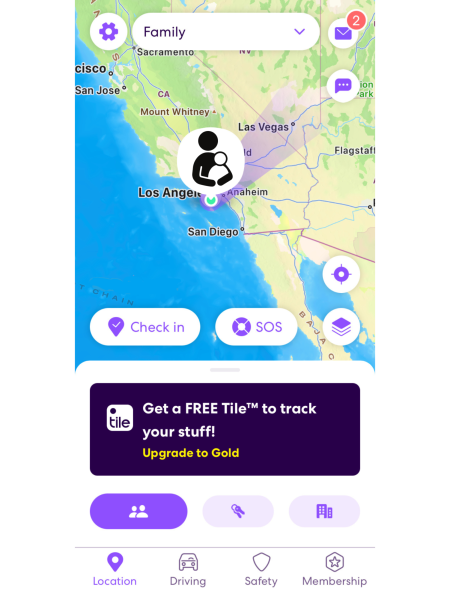The Importance Of Dual Immersion Schools
Dual-Immersion schools are bilingual schools teaching in English and another language. These schools can be a great opportunity for children to become bilingual fairly easily.
But for students in the U.S. who don’t speak English, these schools can be crucial to the students’ learning and future.
A UCLA study on english language learners shows that “English learners who were reclassified in later grades had higher dropout rates than those who were reclassified in the early grades: 33 percent dropped out if they were still classified as ELLs in high school, 22 percent of those reclassified in grade 5 or sooner dropped out, while 15 percent of students who got reclassified in grade 2 or earlier dropped out,” accordng to Lesli A. Maxwell, the Managing Editor for Education Week.
Imagine if these English learners could not just be classified as “EL” but actually be taught in their native language and English.
In the PV School District, 11 percent of our students are classified as English language learners. Of these English language learners, 30 percent speak Japanese and 19 percent speak Mandarin.
So, these students will especially benefit from learning in their first language and English.
When people think of Dual Immersion schools they think of the benefits of being bilingual with learning Spanish or another language.
But for English learners, being bilingual is a necessity.
The importance of being able to speak both English and Spanish is amplified for the Latinx community because they are the largest racial group in California, making up 39 percent of the population.
One third of California Latinos are foreign immigrants who speak Spanish as their first language. For some, they only speak Spanish.
Being able to speak to a majority percentage of the population is a great advantage.
Being bilingual has cognitive benefits as well.
“A 2004 study by psychologists Ellen Bialystok and Michelle Martin-Rhee found that bilingual youth were more successful at dividing objects by shape and color versus their monolingual peers who struggled when the second characteristic (sorting by shape) was added.
“This suggests the bilingual experience improves the brain’s command center, thus giving it the ability to plan, solve problems and perform other mentally demanding tasks. These tasks include switching attention from one thing to another and holding information in mind, like remembering a sequence of directions when getting ready for school in the morning or, for adults, driving a car,” Tracy Trautner from Michigan State University said.
The implementation of a Dual Immersion school has benefits for all students, from children who are still learning English as well as children who will gain the benefits of being bilingual by learning Spanish or Mandarin as a second language.






